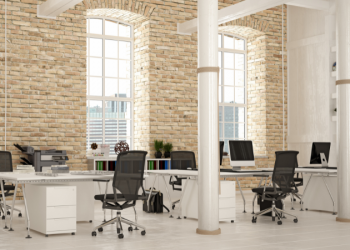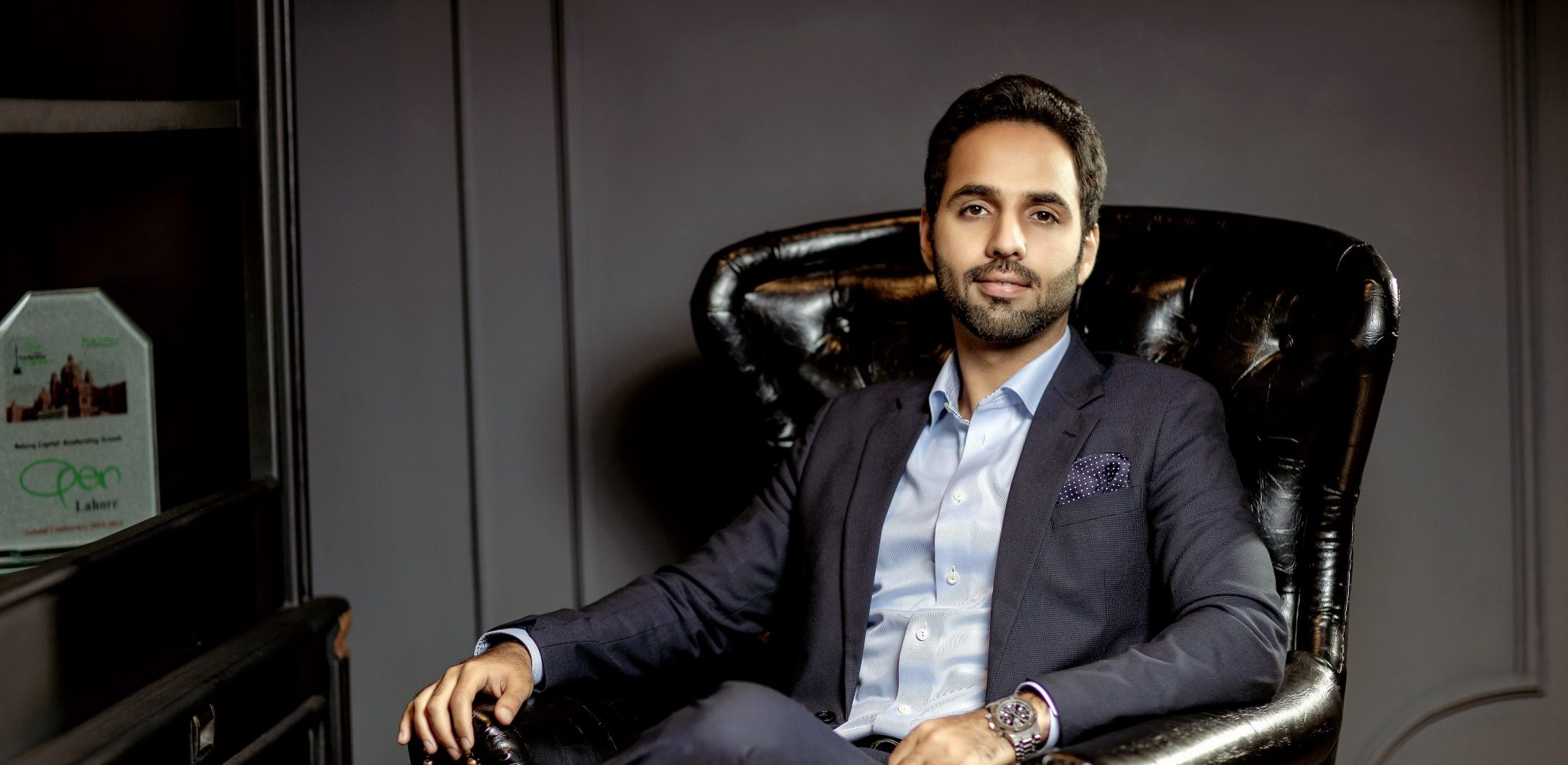Of late, we have been quiet fascinated with people who are doing work outside the box and in our quest to find people of substance and talent we ended up finding Aarij Hashmi. Aarij is one of Pakistan’s first visual merchandiser who has taken it upon himself to utilise his skills and be someone who does something different in different ways. We had a one-on-one with the man. Here is what we chatted about:
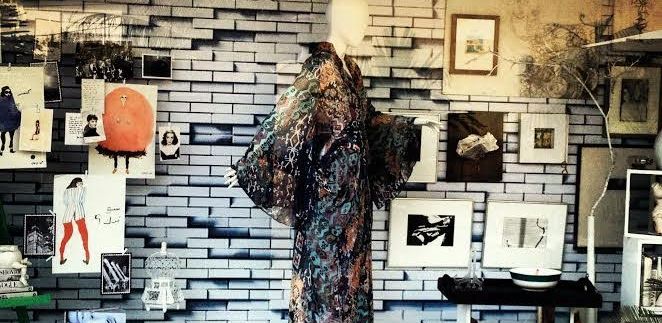
Who is Aarij Hashmi?
A semi-professional daydreamer, colouring slightly outside the lines.
What was your childhood like?
My childhood was all about Lego, crayons and the Smurfs
Speak to us about your educational background.
I was at Karachi Grammar School up till my A’levels.I have a Bachelors in Architecture from Cornell University [Ithaca, NY] and a Masters from Columbia University [New York, NY] I also spent a year in Rome studying architecture, during my Junior year at Cornell.
Is it safe to say that studying architecture must have really helped with the career path that you have chosen?
Yes absolutely. Architecture teaches you how to generate a concept and understand the relationship between form, space, proportion, colour and lighting. These are all vital components required for visual merchandising and window displays.
Visual merchandising is a bit of a new area to foray into especially considering the Pakistani market. What was your inspiration to join this field?
Two and a half years back, I was approached to do a window installation at Ensemble Karachi for a London based brand called Fashion Compassion. I soon realized that this was a niche market that was completely unexplored in Pakistan. Soon after my first window for Ensemble, people started to notice the impact a window display could have. Khaadi was consequently the first brand to approach me, after Ensemble.
Are store interiors and visual merchandising worlds apart?
I wouldn’t say that they are worlds apart but yes they are distinctly different. A window display is the first point of impact between the brand and the customer; therefore it not only needs to be eye catching but must also convey the essence of the brand and their current collection. In short, a window display is a marketing device for a brand. Store interiors don’t necessarily need to reflect the design DNA of the brand but need to compliment it.
If one looks at successful international brands, whether high street, high end or department stores, visual merchandising is not only restricted to the window itself but also within the store. By doing so, these in store installations attract customers to circulate within the store. So far I have not seen this in Pakistan.
We understand that Khaadi, Sapphire, Sania Maskatiya, Ensemble and Nishat are some of the bigger projects that you have taken on? Tell us about your experiences.
Every brand has a unique story to tell, and as such all of my experiences have been very fulfilling. I’ve been fortunate to have worked with great brands that have believed in the importance of Visual merchandising.
One of the most enjoyable parts is always getting to know the brand, their distinct design aesthetic and figuring out how to best translate that idea into a window. These brands have a story and as a visual merchandiser it’s my challenge to create a space that reflects that. In the process I have learnt a lot about marketing. At the end of the day one needs to produce something that draws the customer into the space.
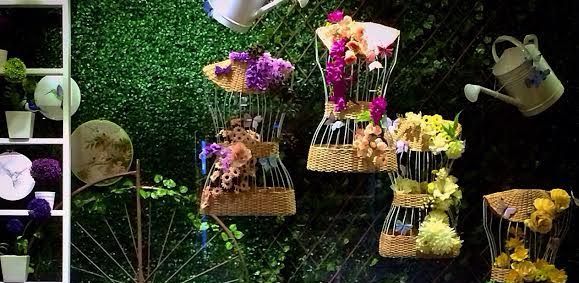
Designers often struggle with clients in terms of their vision for a space and the clients ideas for it. Do you feel that is something that challenges you on a day-to-day basis?
So far I have not experienced this and am really lucky to have clients that have given me creative freedom and have believed in the vision that I present to them.
What is your creative process like?
It starts with a scribble that turns into a sketch that transforms into a mood board. Throughout the process there are definitely episodes of daydreaming – that is a significant part of my creative process.
From concept to vision- what are the major challenges in translation?
Material fabrication can pose to be a challenge. We are limited to using materials and techniques that are available here. But I guess this forces one to work with what’s available and completely transform and reinvent it.
Do you feel like this is something you always wanted to do? If not what was?
I’ve always wanted to work with my hands and create spaces that people can either inhabit or look at. I’m an avid observer of installation art, interiors and fashion, and while Visual merchandising was not something I had planned for but it most definitely combines elements that I love. At the heart of things, I enjoy creating unique spaces that make people think and potentially spark trends.
If you could be anyone or anything in the world right now, what would it be?
I learn from observing the spaces that surround me. I would probably be the statue in the middle of Campo di Fiori in Rome – it would be mind blowing to be able to experience the space and the multitude of people that have walked through this piazza over countless years.
As a designer and as an artist- who do you channel as your source of inspiration? How come?
I think I’m most inspired by nature. I always find a multitude of patterns, structural geometries, shapes and colour variances if I look closely. The same can be said about architecture, especially the facades of buildings.
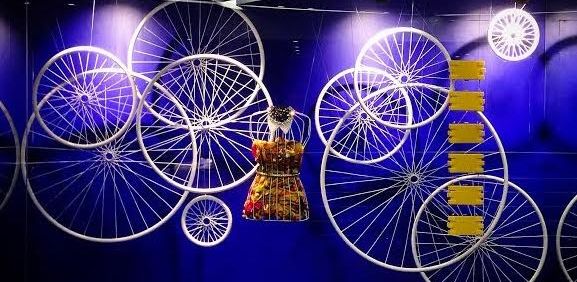
What is the best piece of advice you have gotten?
At a very young age I remember my father saying “If you can dream it, you can do it!’
Tell us about some of your future projects? What are you up to?
I’m looking forward to working with Feeha Jamshed on her upcoming store in Karachi; I find her design aesthetic refreshing. I’m also excited about continuing my relationship with Sapphire. As a brand I think they have a solid vision and I’ve enjoyed being a part of it.
I’ve been working on a line of design products that have been incubating for a while, but hope to introduce these to the market by early next year.

